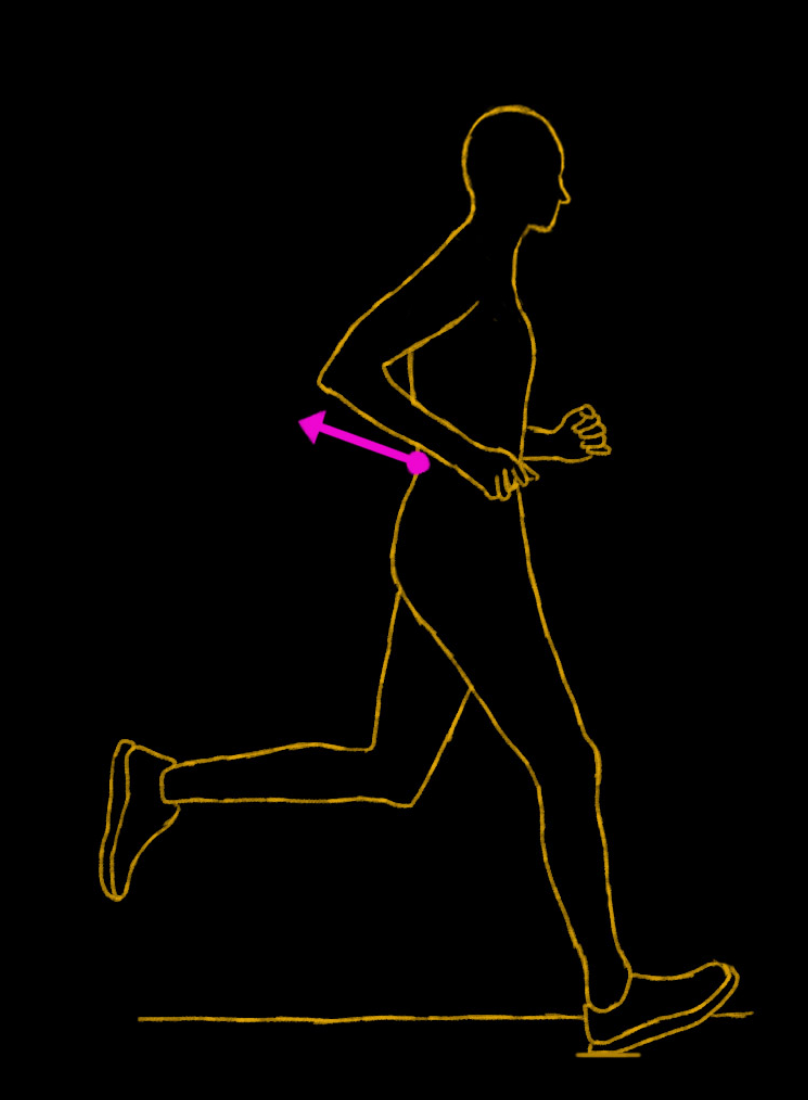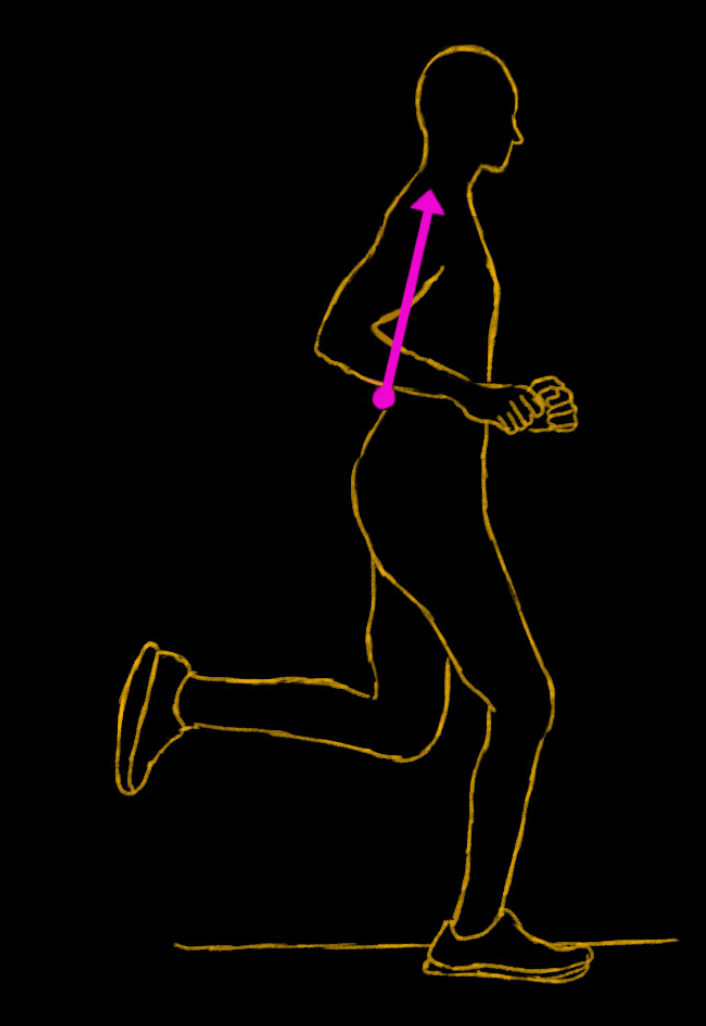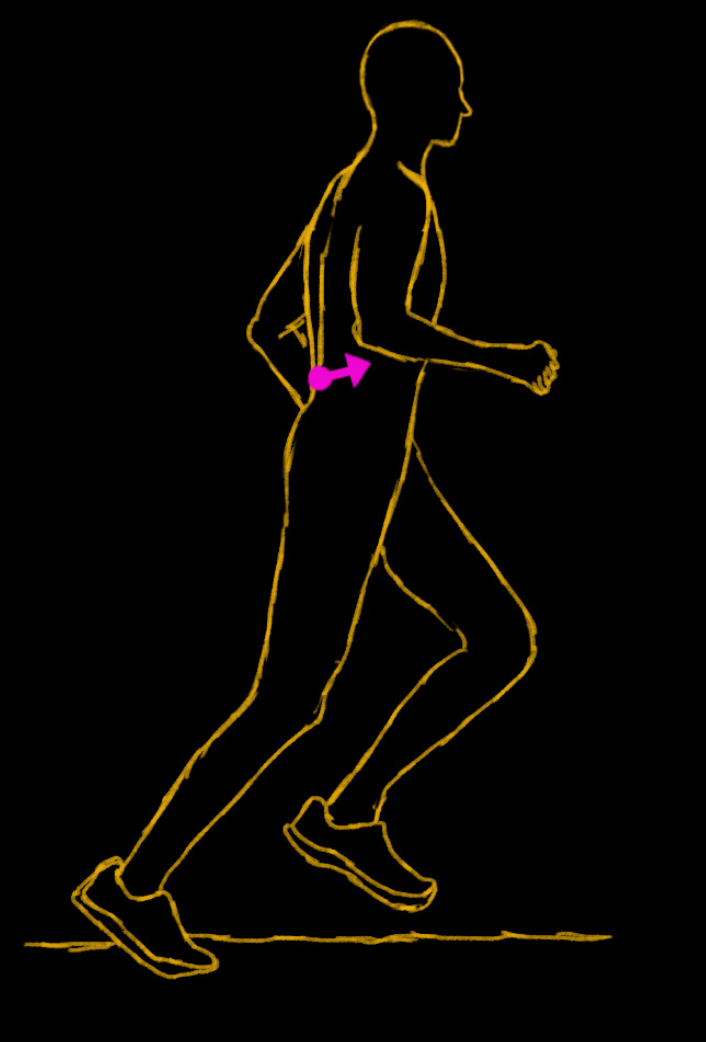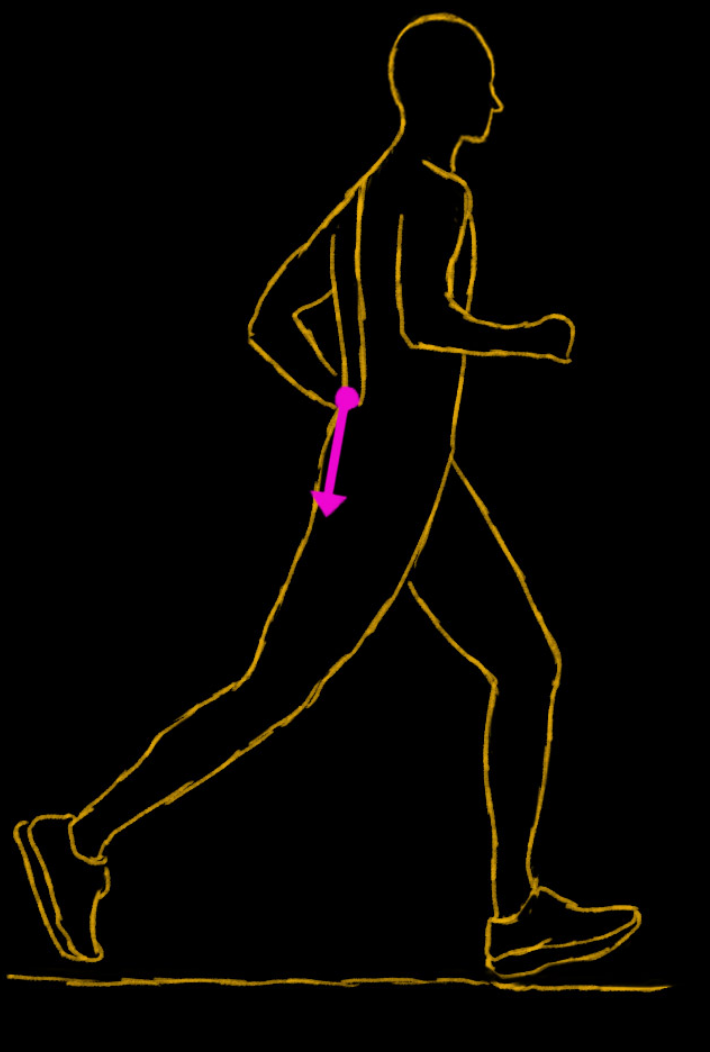Understanding Force Portraits
Your force portrait is your personal force signature. Learn how they work, why they change, and how understanding them can help you become a better runner.
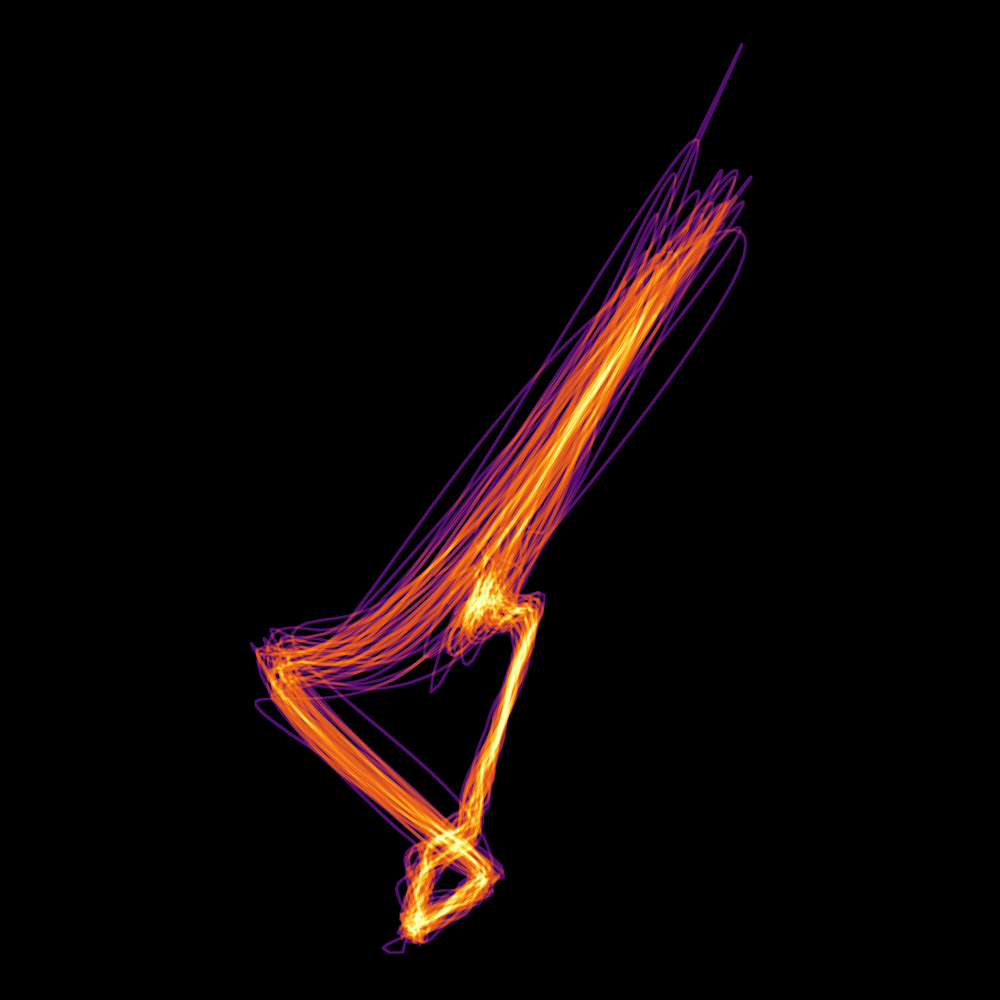
force portrait [fôrs pôrtrət]
noun
1. a picture of the forces you experience while you move.
2. an image of an individual's past training and injuries, present energy levels & body state, and future potential for injury or improvement depending on the choices of the individual.
Aletheia collects data
At the sacrum
Our sensor collects data from the forces experienced at your sacrum, the triangle-shaped bone at the base of your spine. We designed Aletheia for this central body location because forces experienced by the body while running most clearly interact at the sacrum, allowing us to paint a picture of your overall running form.
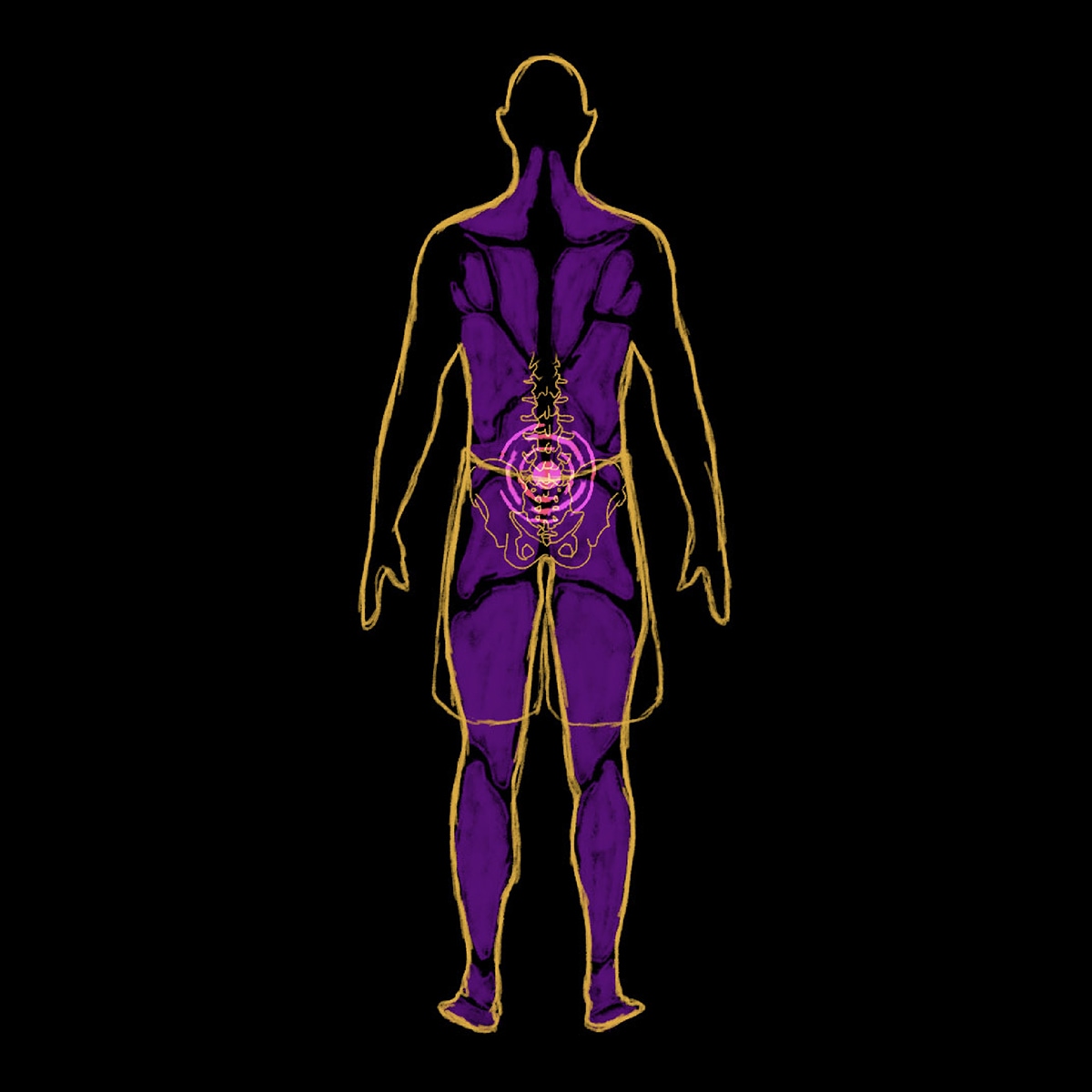
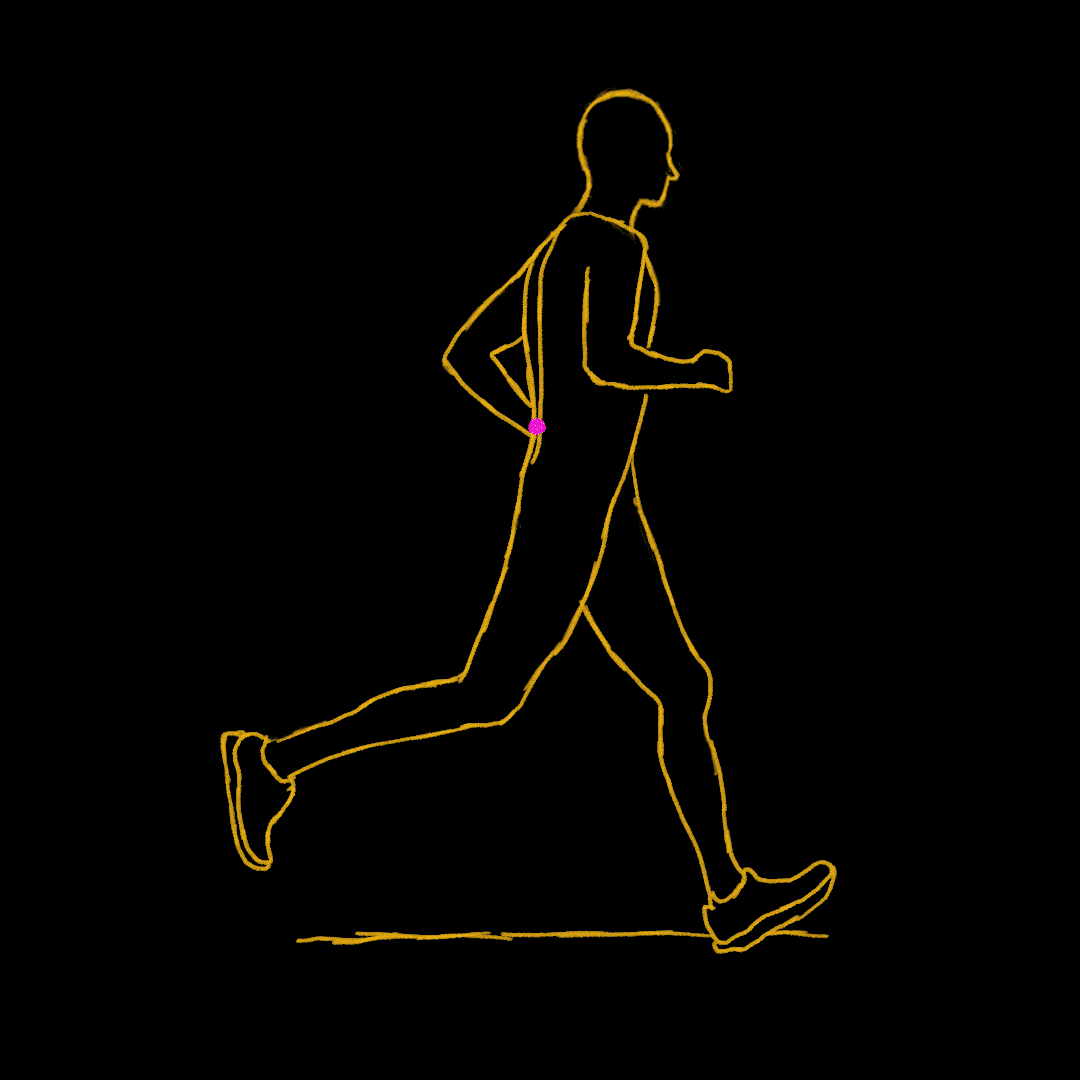
3D force data paints
your Force Portrait
ACCELERATING forces are on the right side of the force portrait, DECELERATING forces are to the left.
UPWARDS forces show the runner loading weight on the leg while stabilizing.
DOWNWARD forces happen when the runner is in free-fall during the flight phase.
Stride variability
Stride length is the distance between successive points of initial contact of the same foot.
Stride variability can be judged by how closely the patterns from the different cycles overlap and is highlighted by color-coding. Gold areas indicate tight repetition while purple shows a more dispersed chaotic behavior.

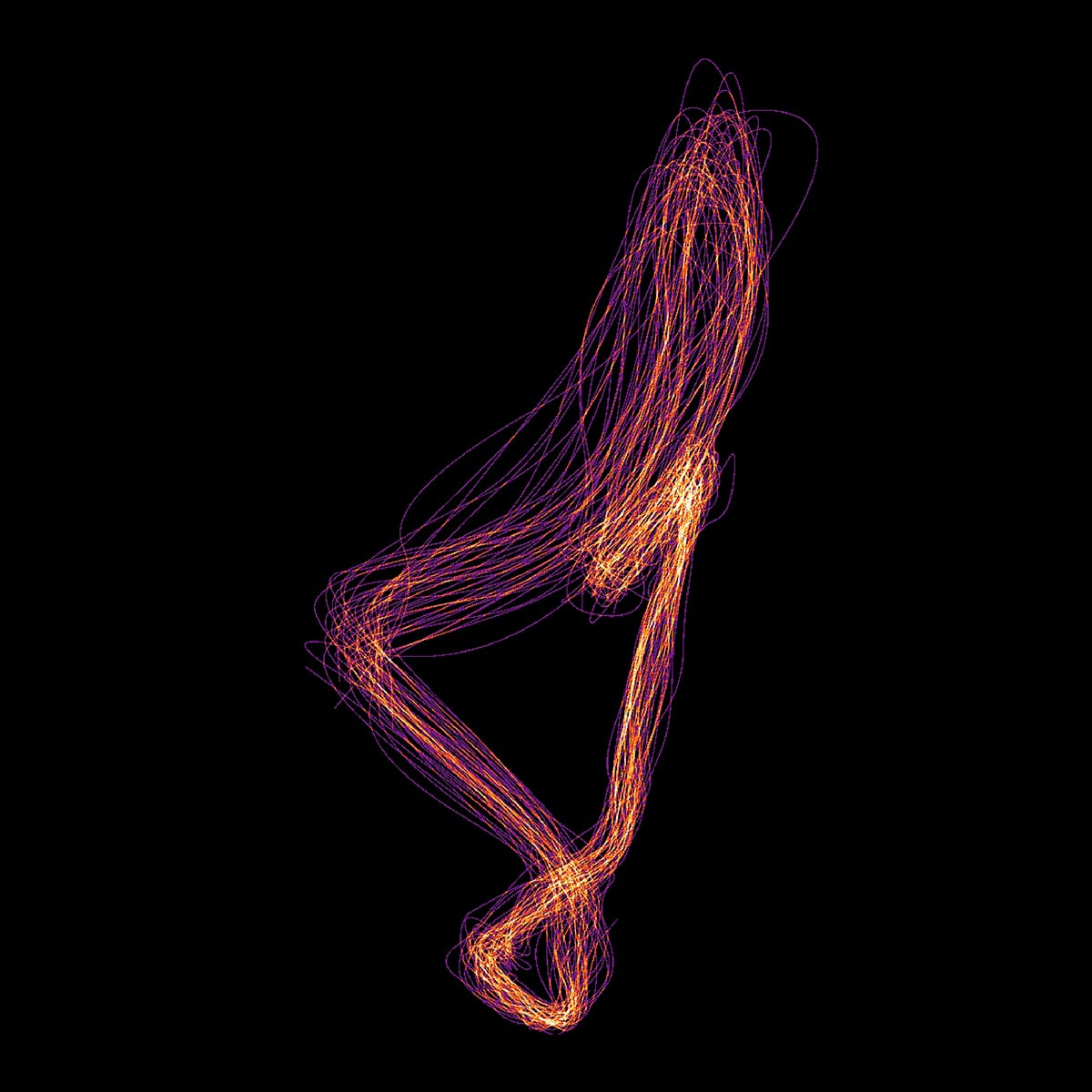
Gait Cycle
The Side View most clearly shows the phases of the running cycle.

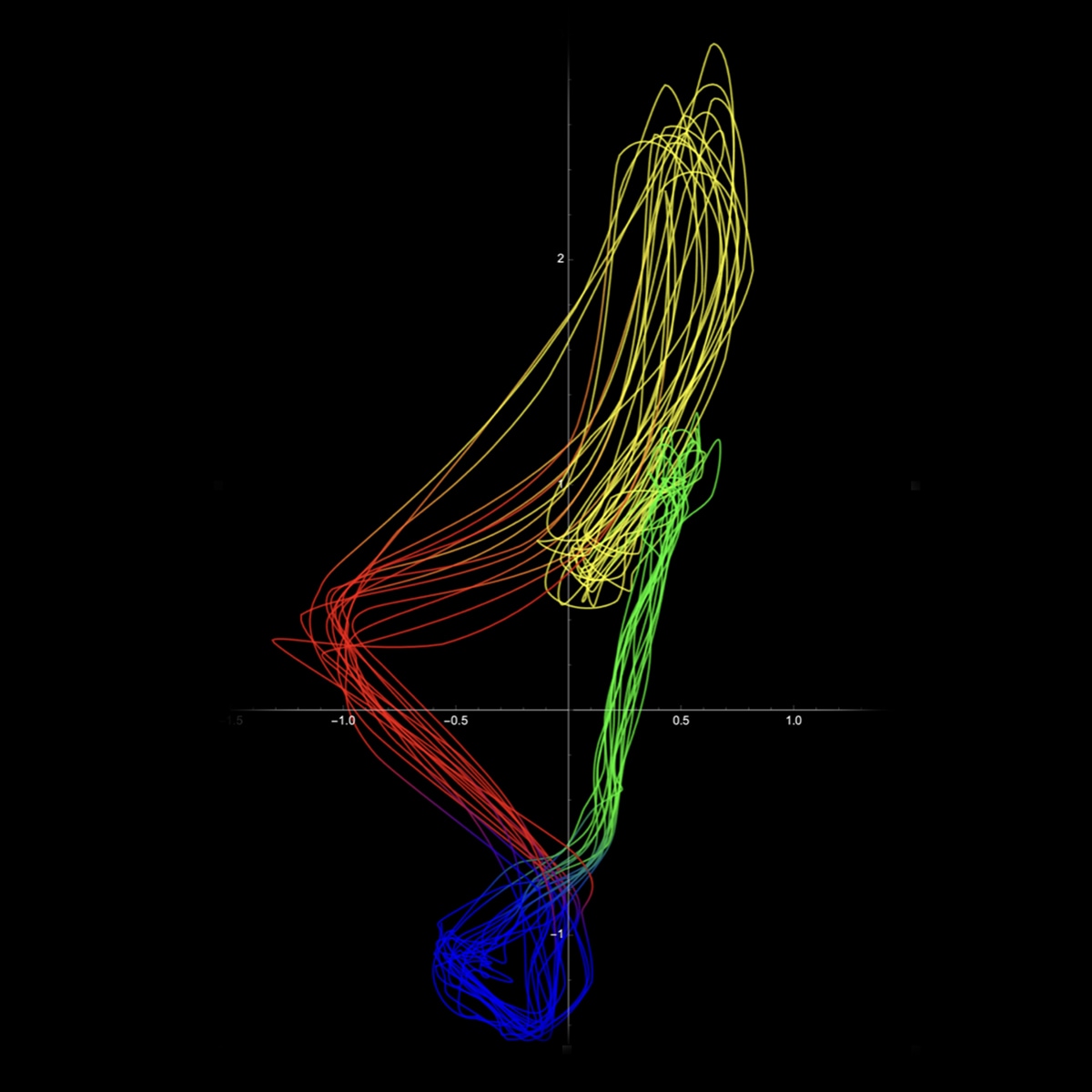
Phase 1: Landing
The Landing Phase begins when the foot first touches the ground.
Weight begins to be loaded onto the landing leg.
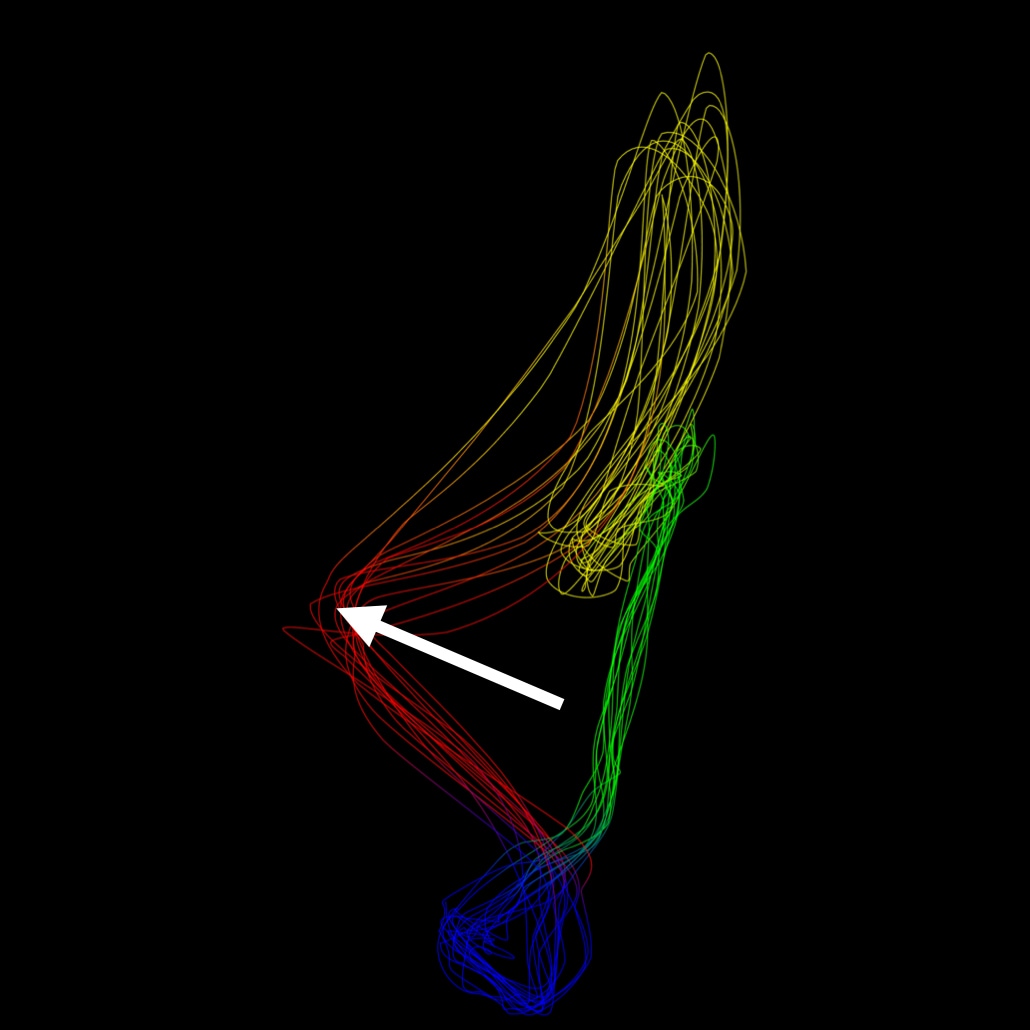
Phase 2: Stabilizing
During the Stabilizing Phase the full force of the runner is loaded onto the stance leg.
The foot is directly underneath the runner in
mid-stance.
The leg absorbs the shock of the impact and stabilizes to maintain balance.
Forces in the Stabilizing Phase are mainly upwards and there is usually some force to the side.
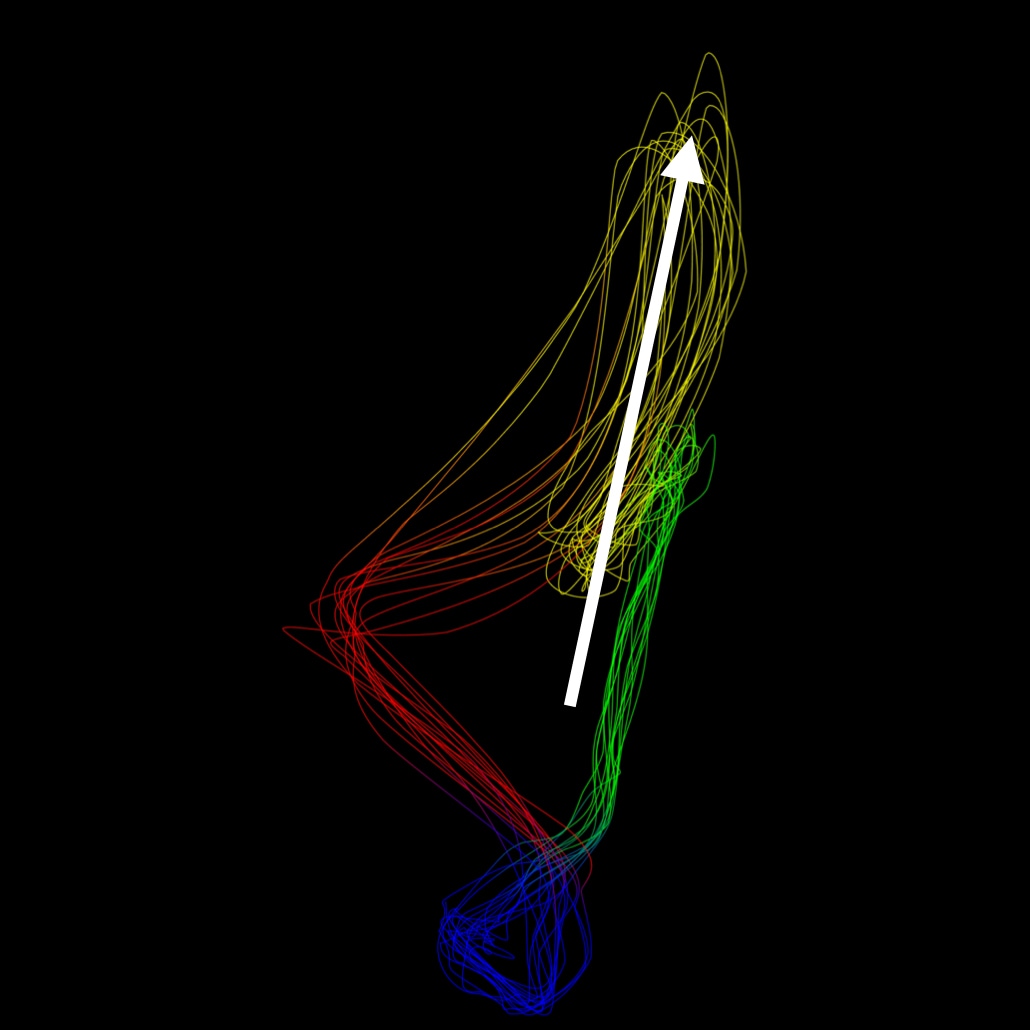
Phase 3: Launching
In Launching Phase the runner propels forward.
Weight shifts towards the toes as the foot pushes back behind the runner.
Weight on the foot decreases until toe-off when the runner finally leaves the ground.
Forces in the Launching Phase are directed forward.
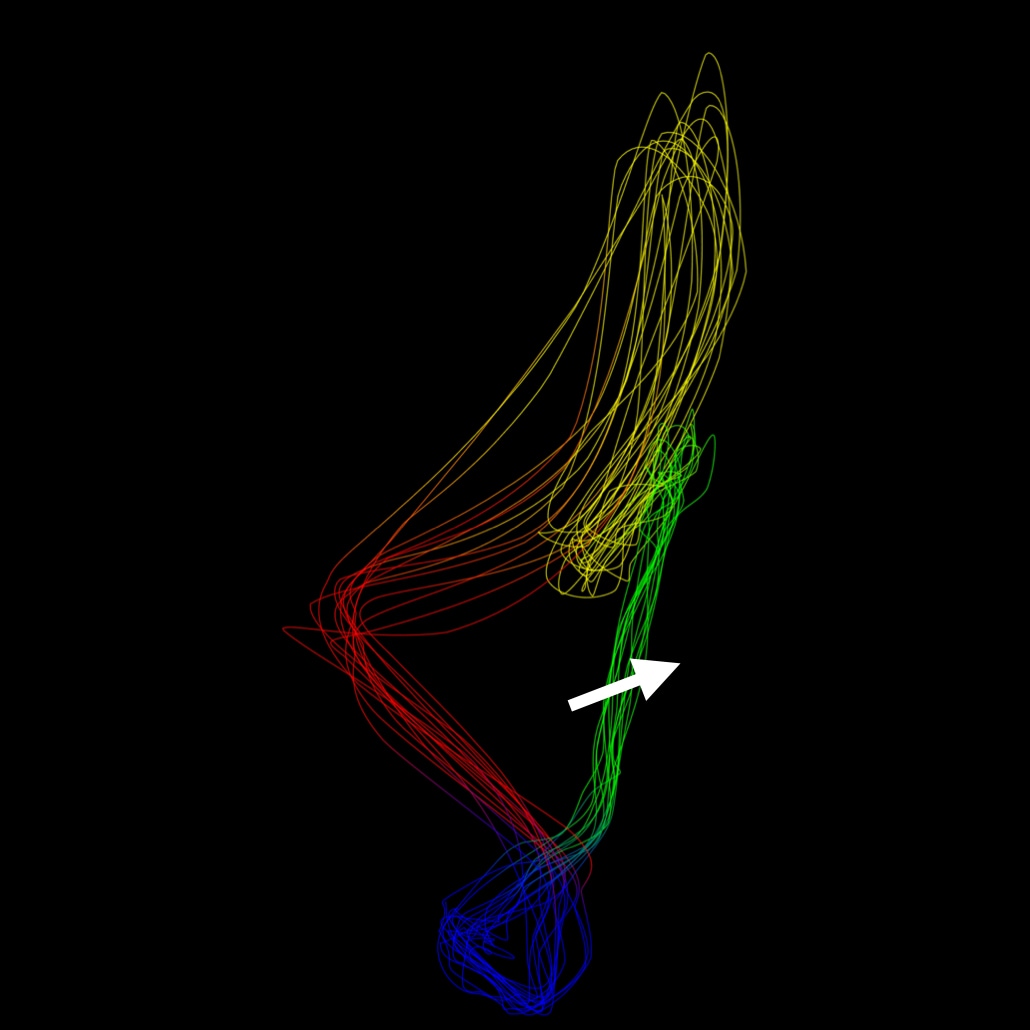
Phase 4: Flying
Flight Phase begins once the runner has left contact with the ground.
The launching foot is behind the runner as the opposite foot prepares for landing.
Forces are downwards as gravity pulls the runner back to the ground.
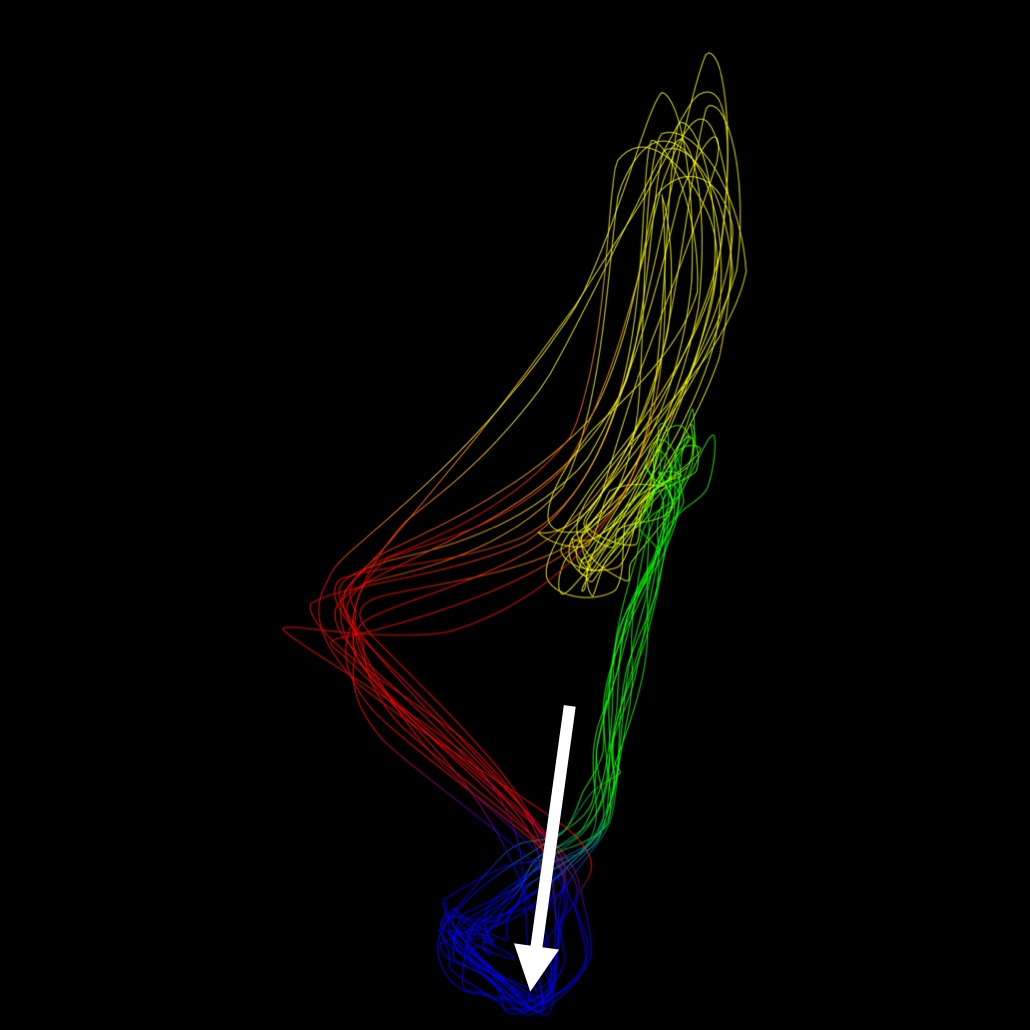
You can view your 3D Force Portrait from the REAR, SIDE, or TOP to see the forces at play.
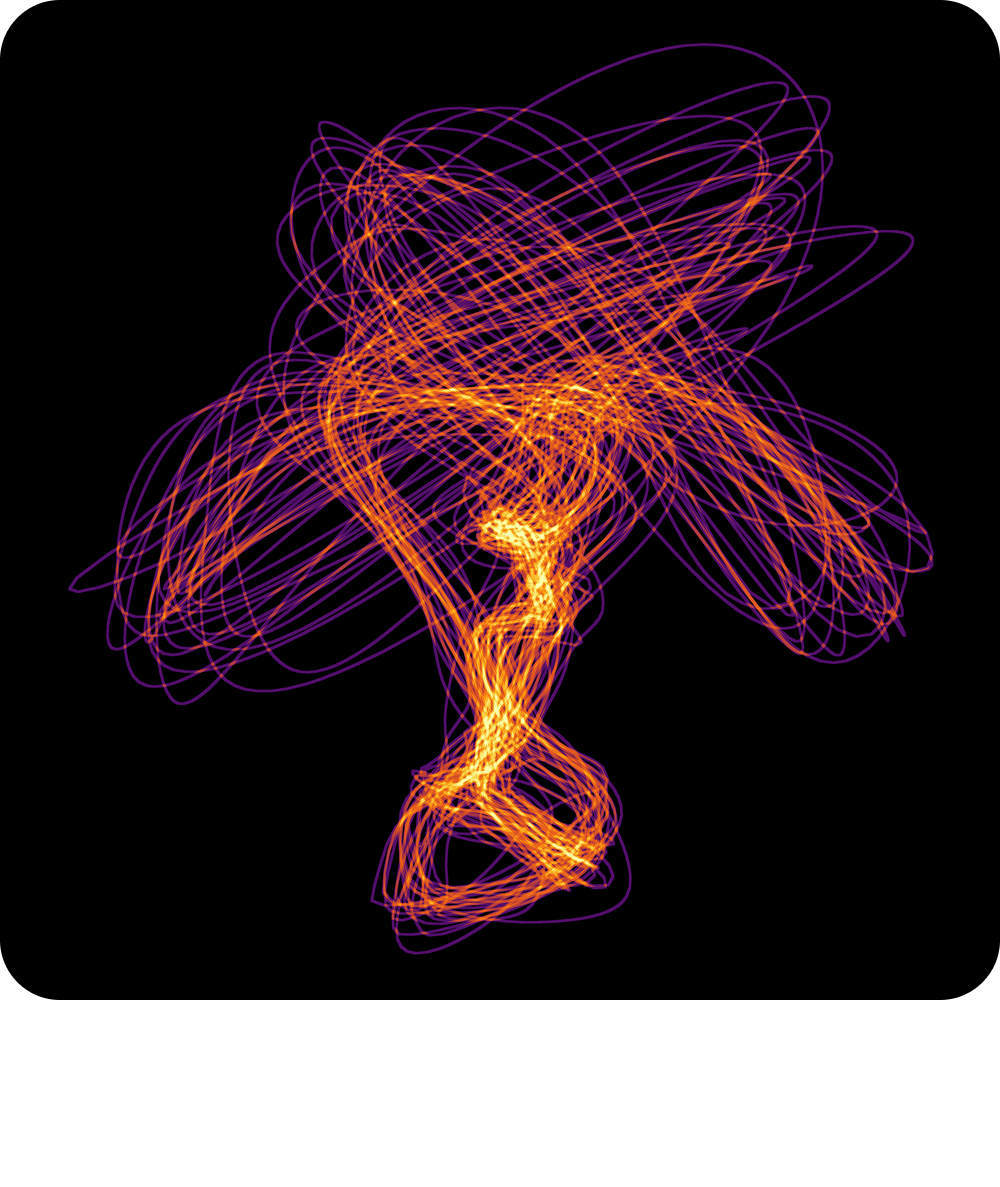
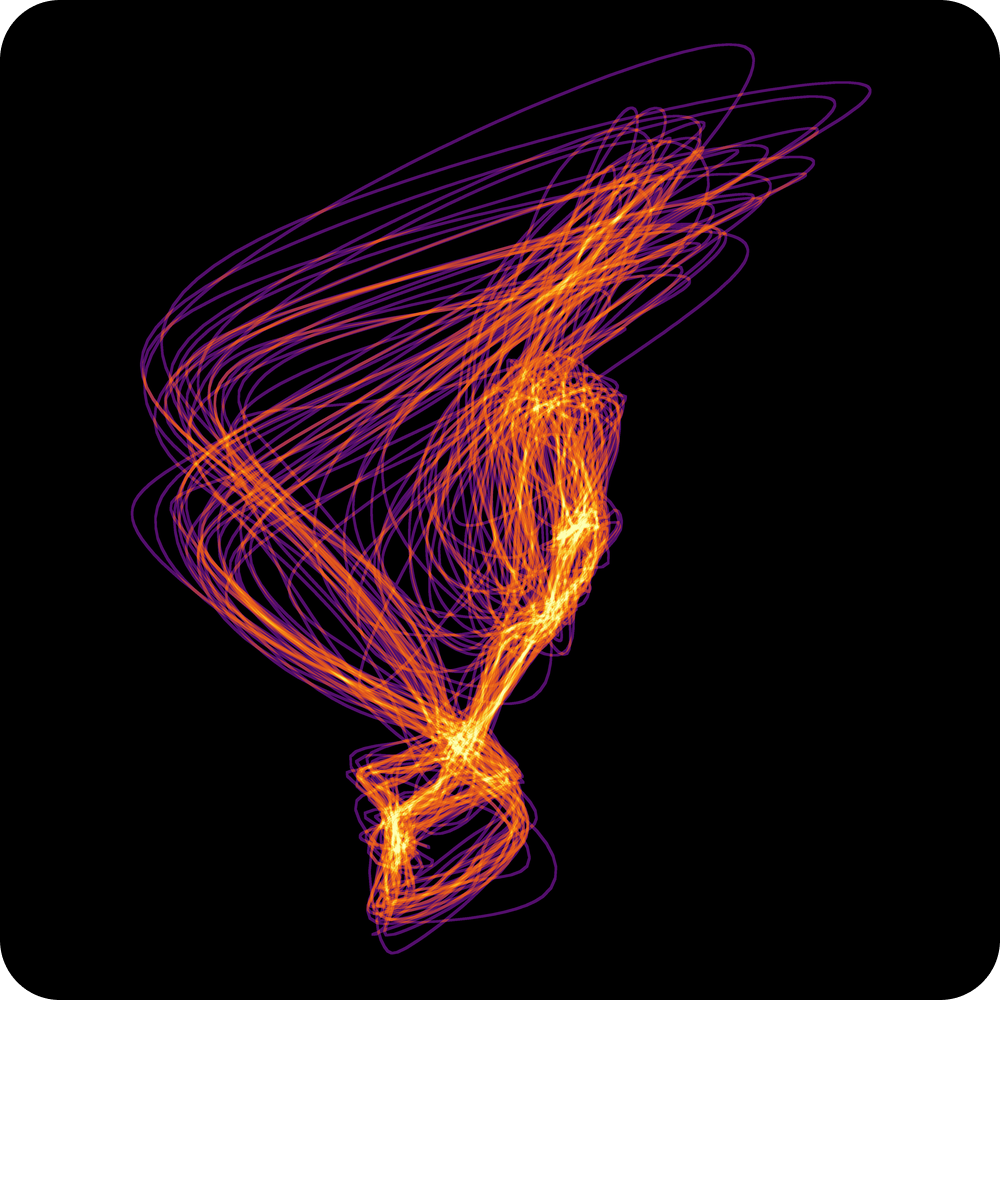
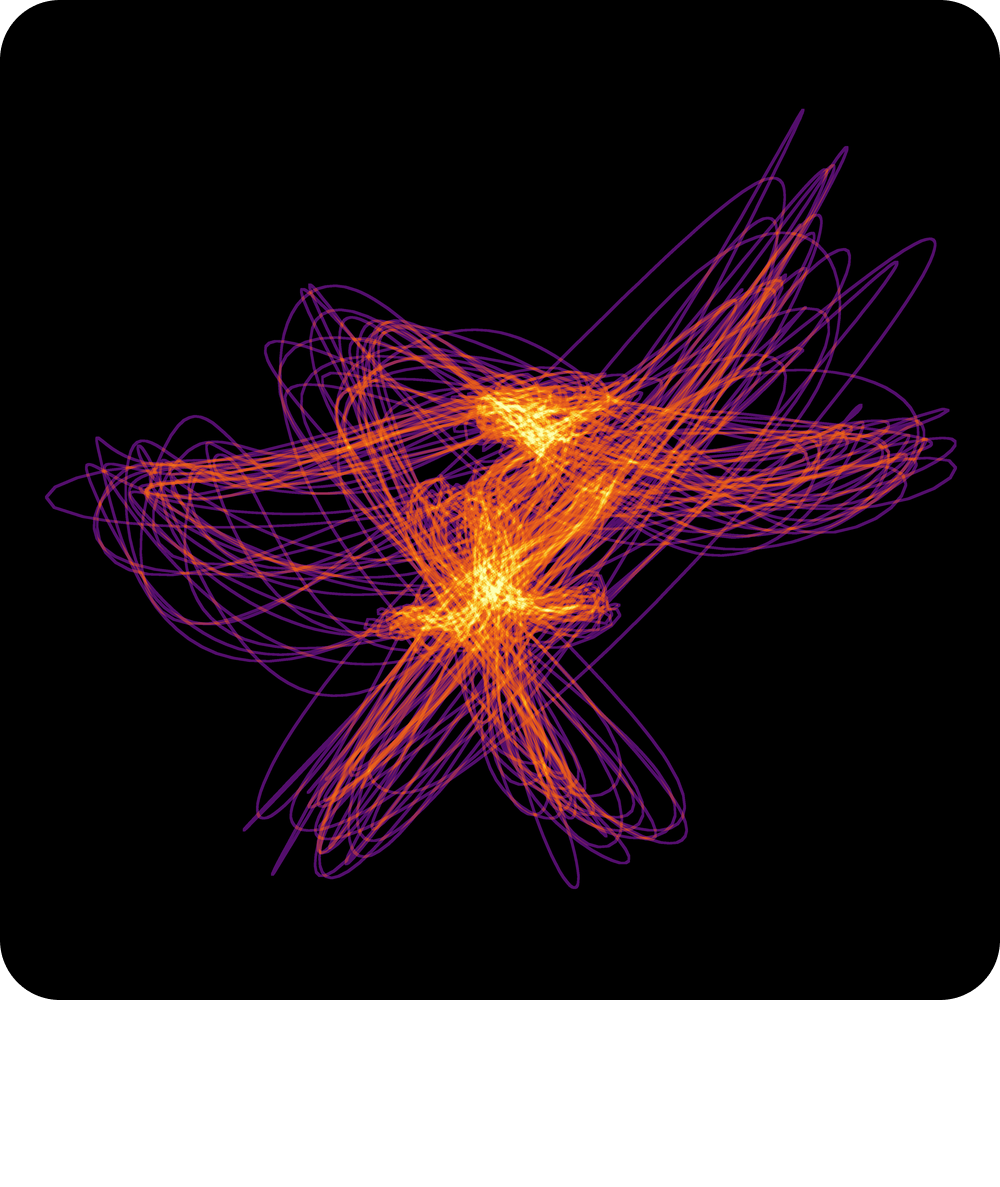
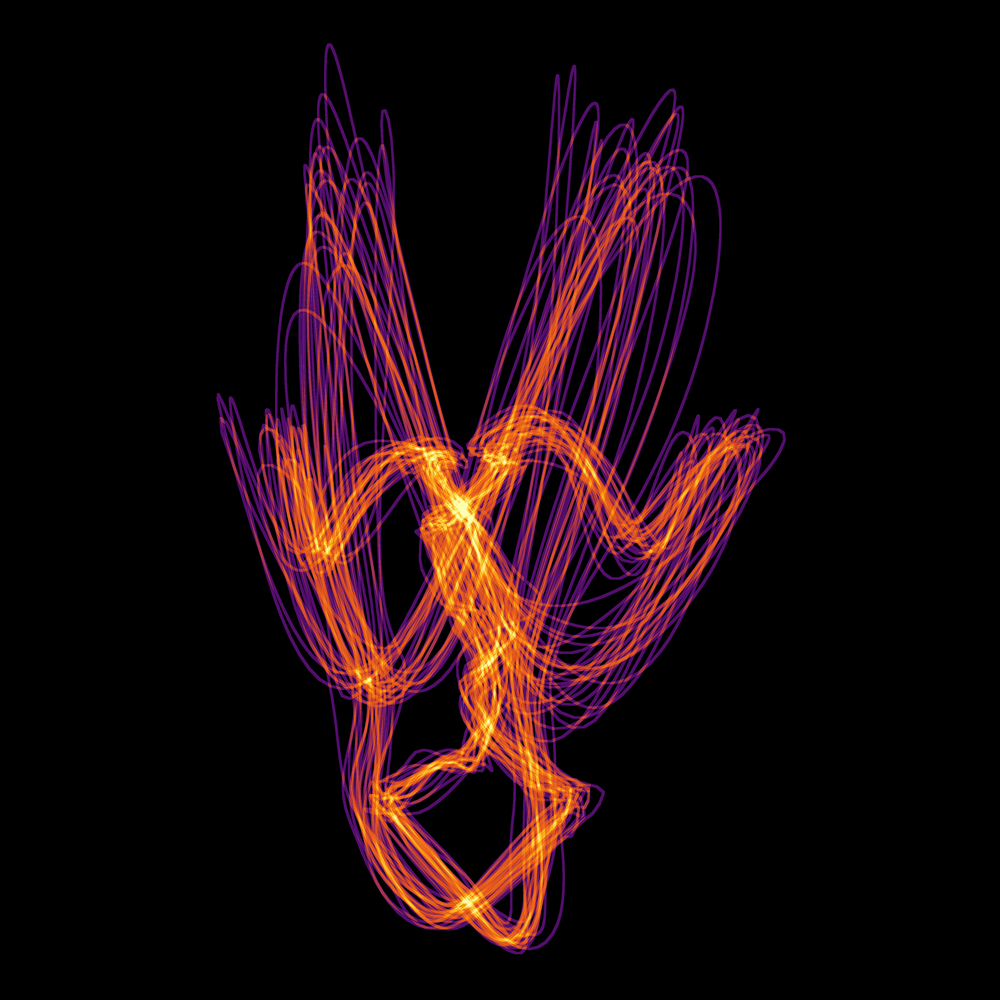
Rear View
Symmetry can be seen both side-to-side and in the upwards forces during stabilization.
From this perspective, it is hard to gauge the amount of acceleration and deceleration in the running cycle.
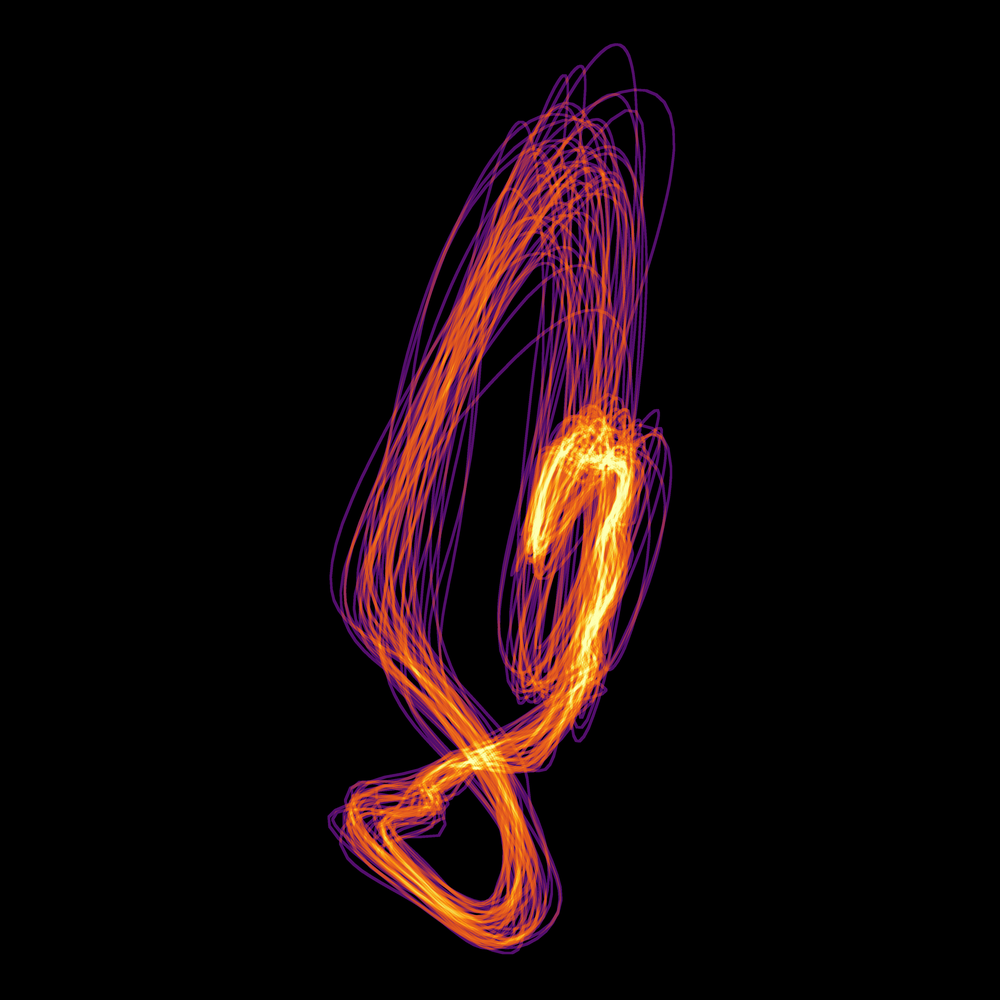
Side View
The side view most clearly shows the phases of the running cycle.
Accelerating forces are on the right side of the force portrait, decelerating forces are to the left.
Upwards forces show the runner loading weight on the leg while stabilizing.
Downward forces happen when the runner is in free-fall during the flight phase.
As left and right are overlapped from this perspective it is harder to see asymmetries from side to side.
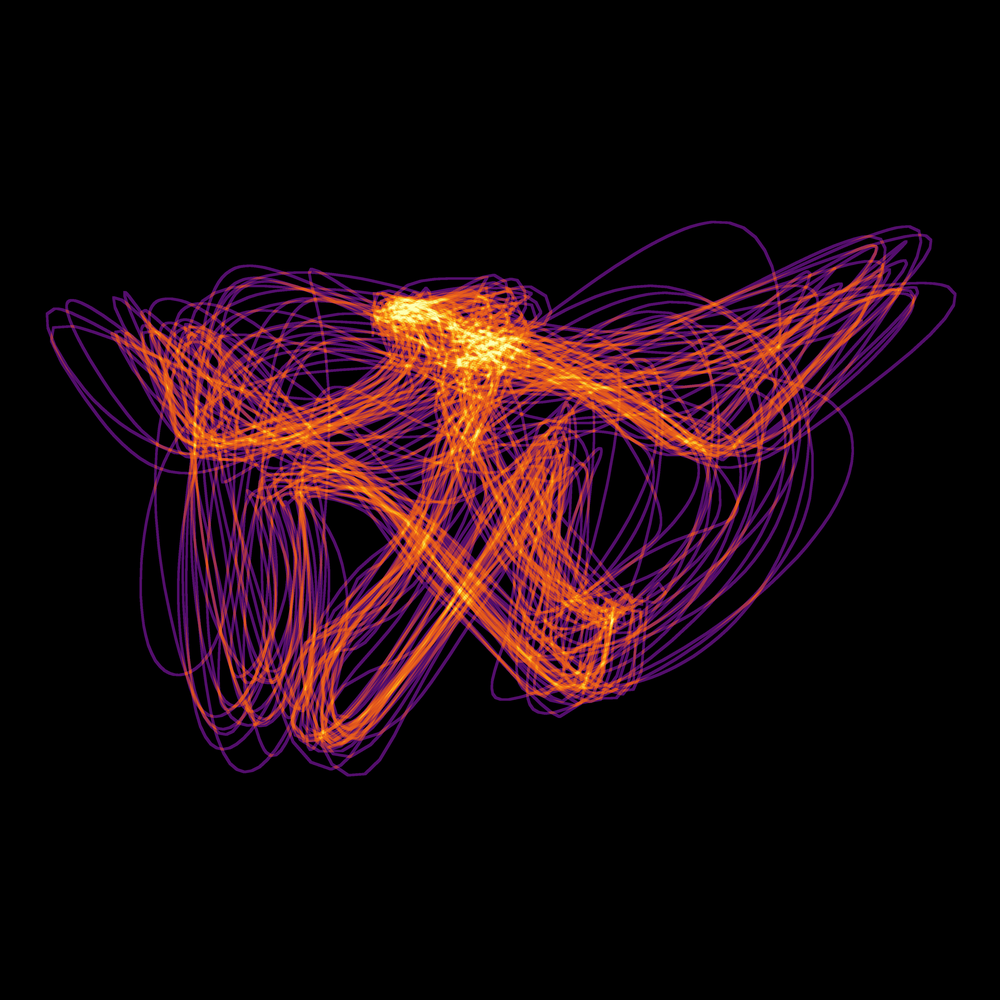
Top View
The top view shows forces forward/backward and left/right.
This is the best perspective to see symmetry in the landing phase.
Side-to-side forces can also be seen well from this perspective.
A constant state of flux
Every runner is different, every run is different, and your Force Portrait will even change over the course of a single run as you fatigue, change pace, or modify your running form. Your Force Portrait will likely be different from day to day depending on your overall energy levels, how well you have recovered from your last workout, which shoes you are wearing, and many other factors. It’s fun and exciting to see how your pattern changes in different conditions!
Case study: Amanda's 1-Hour Run
Observe how Amanda’s form changes over the course of 1 hour.
Key Metrics
We then analyze these images for key metrics that can help runners identify dysfunction and fatigue that might increase risk of injury.
Vertical Symmetry
Left vs Right forces in the
Up & Down direction
Running Direction symmetry
Left vs Right forces in the
Forward & Backward direction
Volume
Total three-dimensional size of the force Portrait
Vertical Symmetry
Left vs Right forces in the
Up and Down direction
Vertical symmetry compares the peak forces in the up and down direction between the left and right sides. Vertical forces are mainly associated with the stabilizing phase as each leg absorbs the shock of impact. Perfect symmetry would be 100%, lower measures indicate a degree of imbalance between left and right sides.
Recognizing Low Vs High Vertical Symmetry
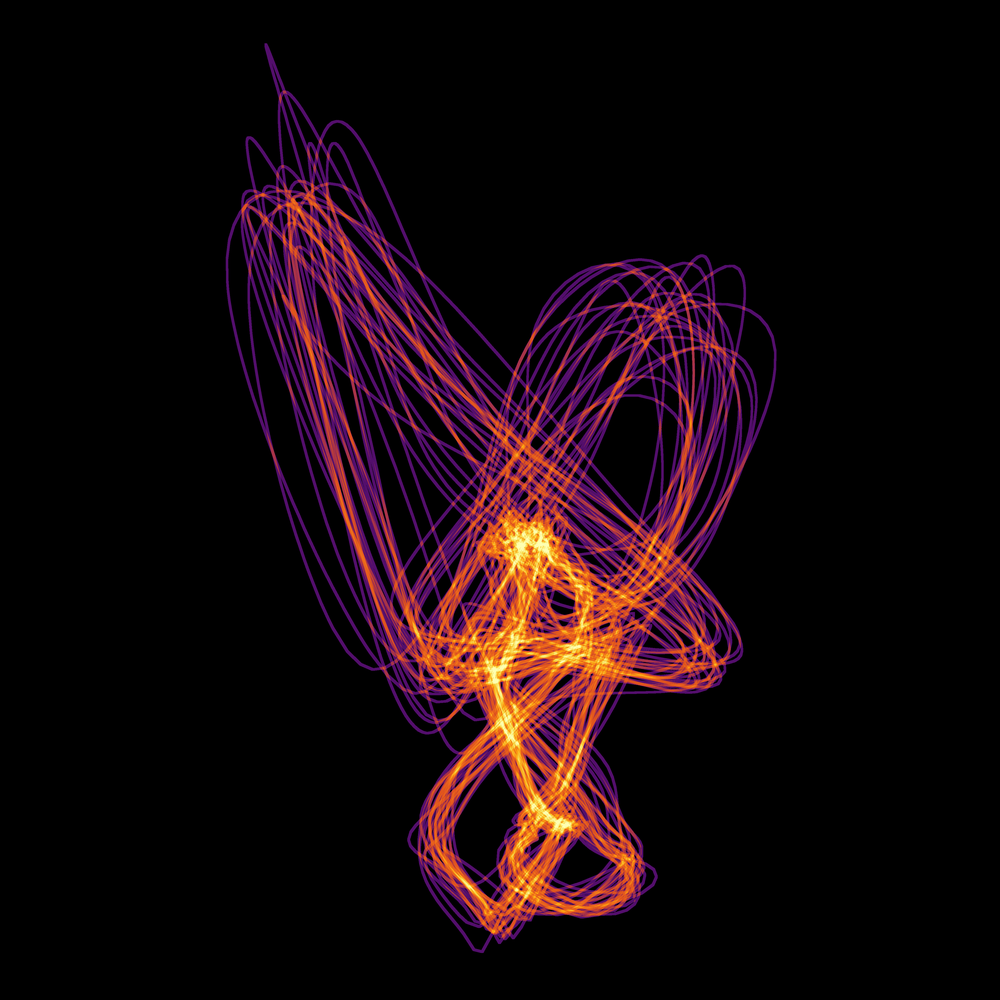
Vertical symmetry 67%
Here, the runners left-vs-right force symmetry score is LOW. She can use this information to work on an apparent strength imbalance and improve form.
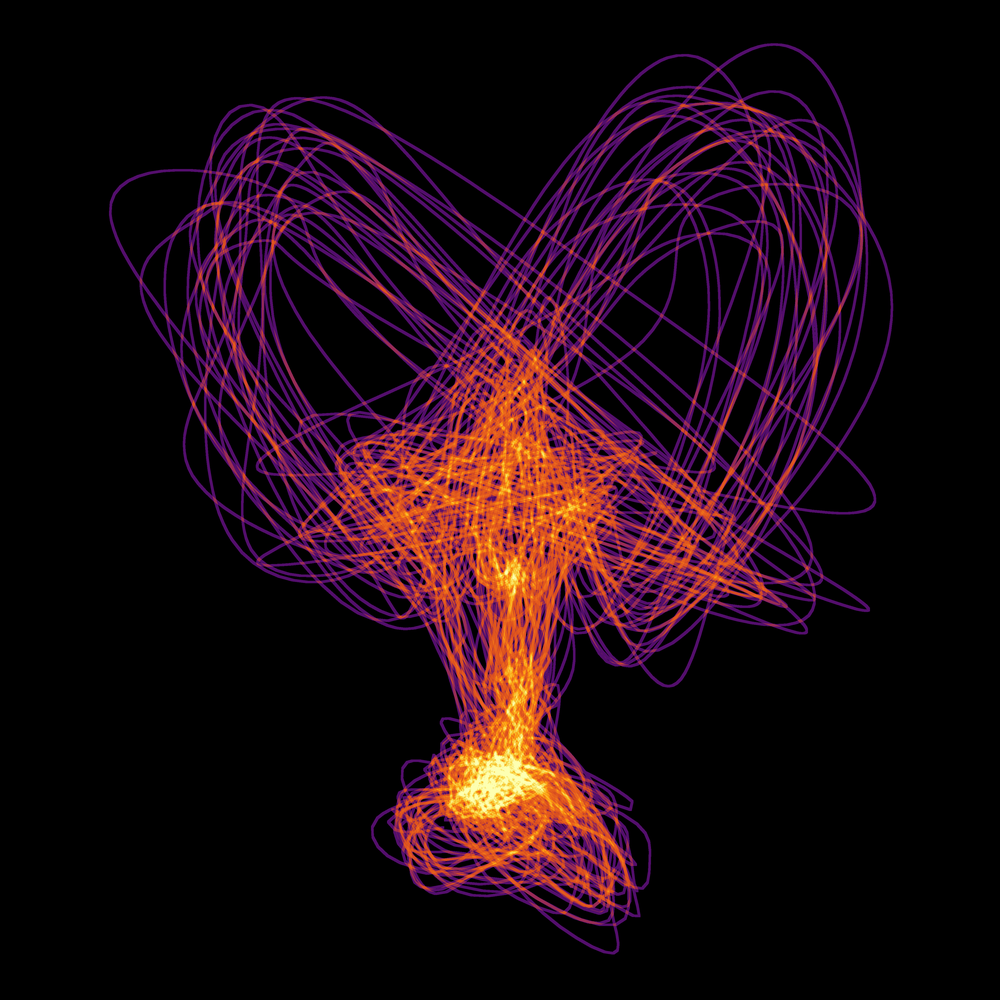
Vertical symmetry 97%
Here, the runners left-vs-right force symmetry score is HIGH. He can use this information to validate his healthy training routine.
Running Direction Symmetry
Left vs Right forces in the
Forward & Backward direction
Running Direction Symmetry compares left and right side forces in the forward/backward direction. Forces along this axis represent braking and propulsion in the running gait cycle. Ideally, a runner should be as symmetrical as possible.
Recognizing Low Vs High Running Direction Symmetry
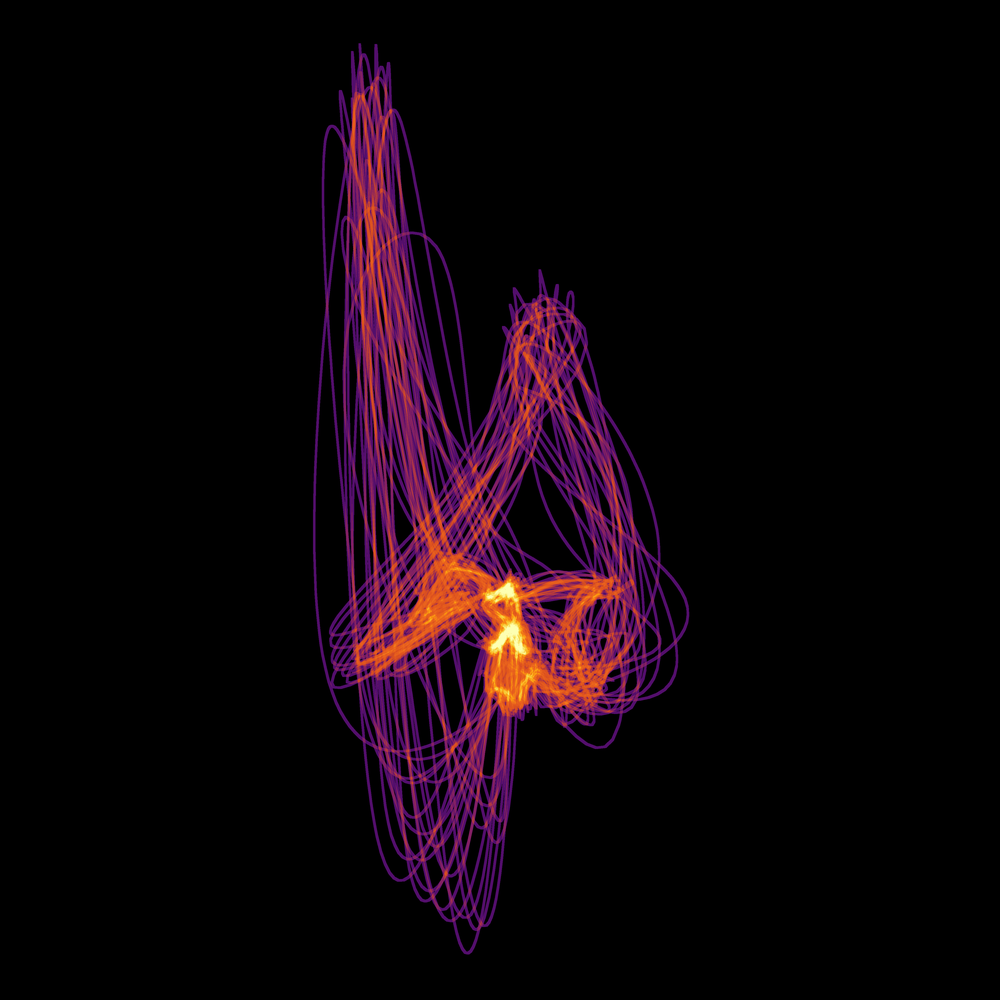
Running Direction symmetry 51%
This patient suffered from back pain and was found to have poor gluteal muscle activation (confirmed via EMG). Note the uneven force distribution between right and left sides of the force portrait.
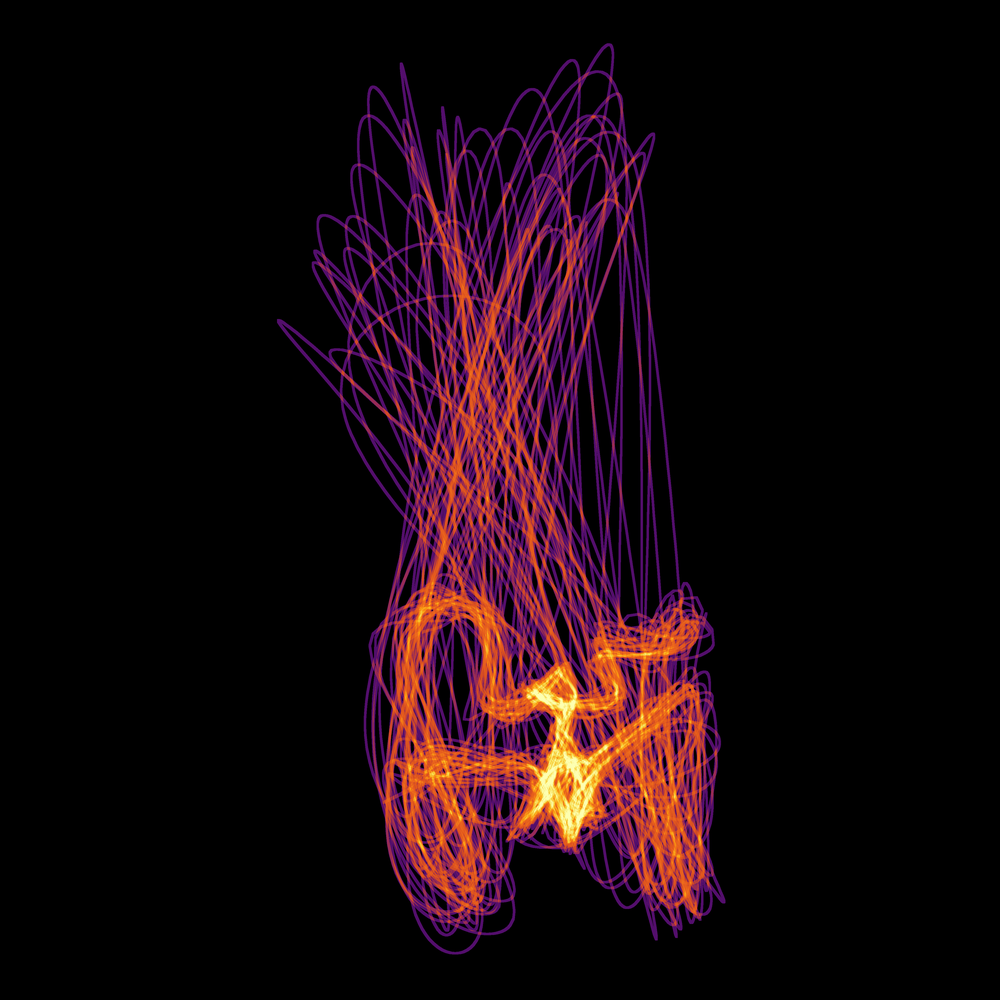
Running Direction Symmetry 83%
After a period of strength training focused on gluteal activation the patient's force portrait becomes more symmetrical and shows increased hip stability.
Volume
Total three-dimensional size
of the force Portrait
Volume is the three-dimensional size of the Force Portrait, incorporating forces in all directions. Typically a smaller volume corresponds with better efficiency.
